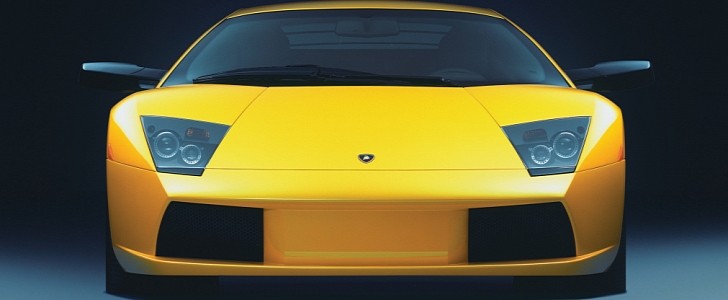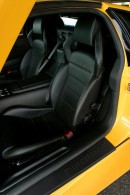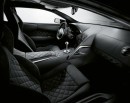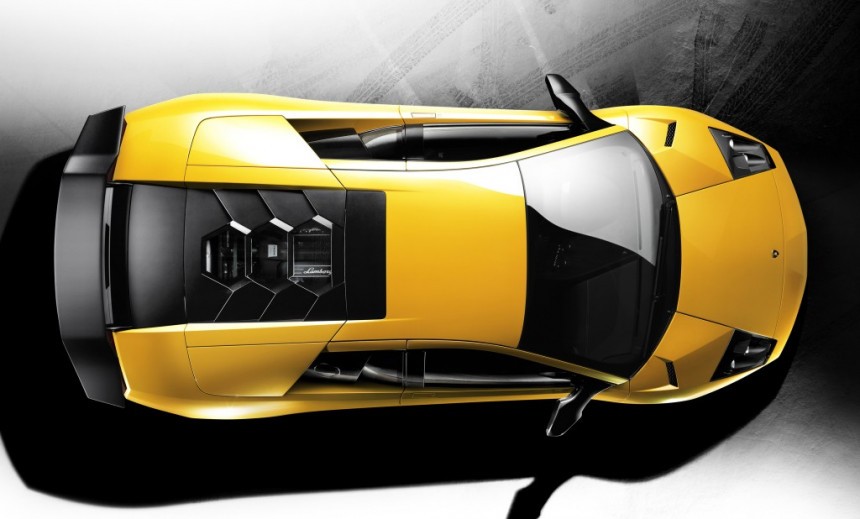When Ferruccio Lamborghini decided to call Enzo Ferrari’s bluff, he needed exceptional talent to make his car-making vision come true. One of the founding pillars of the Raging Bull of Sant’Agata Bolognese is Giotto Bizzarrini, the engineer who developed the Ferrari 250 GTO.
Following the employee uprising that almost killed Ferrari’s racing and road-going departments, Bizzarrini was hired by a count to upgrade a 250 GT SWB to GTO specification after Enzo refused to sell this count a GTO. Developed in collaboration with racing driver and coachbuilder Piero Drogo, chassis number 2819 GT became the one-of-one Ferrari 250 GT SWB Breadvan.
The year 1962 saw Bizzarrini found an engineering company for freelance engineering projects, which brings us back to Lamborghini. Ferruccio hired Giotto to design an engine for the Raging Bull’s car-making venture, a V12 that Lamborghini would use until 2010 with the Murcielago SuperVeloce.
Let that sink in for a minute. Since it made its public debut in 1963 under the hood of the 350 GTV, the Bizzarrini V12 was kept alive through numerous improvements for 47 years. In addition to longevity, it’s truly amazing that Giotto and his crew got their V12 so right on their first shot.
But alas, every good story has to come to an end. Penned by Peruvian-born Belgian Luc Donckerwolke, who now heads the creative office at Hyundai’s Genesis and Ioniq brands, the phenomenal Murcielago entered production in 2001 as the first Lamborghini fully developed by the Volkswagen Group. The Germans bought Lamborghini from two investment groups in 1998 when the Raging Bull was placed under the control of the Audi division.
Revealed at the Frankfurt Motor Show in September 2001, three days after the world premiere at the factory in Sant’Agata Bolognese, the Murcielago may have not happened were it not for a tremendously ambitious man by the name of Ferdinand Piech. You know, the guy who masterminded the Volkswagen Phaeton full-size luxobarge and the Bugatti Veyron.
Lamborghini’s employees informed the group they had a replacement for the Diablo in the works, the Zagato-bodied Canto that was in development since 1995. Volkswagen instantly rejected the in-house model, which is why the Murci flaunts a clean-sheet design with the exception of the motor.
Originally launched with 6.2 liters of displacement compared to 3.5 liters in the aforementioned 350 GTV, the 60-degree V12 produced 580 PS (572 horsepower) and 650 Nm (479 pound-feet) of torque when it was brand-spanking new. Unlike the Diablo, the Murci rocks a dry-sump lubrication system that allows the free-breathing mill to be positioned 50 millimeters lower in the engine compartment, thus lowering the center of gravity.
Variable valve timing on both the intake and exhaust camshafts of the sonorous engine, a variable-geometry intake system, drive-by-wire throttle control, as well as a variable air-flow cooling system also need to be mentioned. The latter comprises of the bull’s horns, as in the rear lateral intakes that pivot 20 degrees to provide more cooling when needed.
It’s tremendously important for us to remember the Murci also happens to be the final V12-engined Lamborghini with a manual transmission. The e-Gear automated manual transmission is universally hated because of tremendous clutch wear and because it’s jerky. Fortunately for prospective customers, Lamborghini offered even the SuperVeloce with a proper stick shift.
Officially dubbed Murcielago LP 670–4 SuperVeloce, the last hurrah of the Bizzarrini-designed V12 was then rated at 670 PS (661 horsepower) and 660 Nm (487 pound-feet) from 6.5 liters. Capable of redlining to an ear-splitting 8,250 revolutions per minute, the most extreme Murci of them all is extremely rate as well. Originally intended to number 350 examples of the breed, Lamborghini made 186 units before they had to prepare the production facility in Sant’Agata Bolognese for the Aventador's production line.
The final example of the Murcielago, as in number 4,099, was celebrated at the factory on November 5th, 2010, with a special exhibition of Lamborghini’s most iconic V12 cars, including the Miura. "The Murcielago embodies the pure, unadulterated values of our brand,” said Stephan Winkelmann, who returned as Lamborghini’s head in December 2020 after Stefano Domenicali accepted the role of chief executive officer at the Formula One Group.
The year 1962 saw Bizzarrini found an engineering company for freelance engineering projects, which brings us back to Lamborghini. Ferruccio hired Giotto to design an engine for the Raging Bull’s car-making venture, a V12 that Lamborghini would use until 2010 with the Murcielago SuperVeloce.
Let that sink in for a minute. Since it made its public debut in 1963 under the hood of the 350 GTV, the Bizzarrini V12 was kept alive through numerous improvements for 47 years. In addition to longevity, it’s truly amazing that Giotto and his crew got their V12 so right on their first shot.
But alas, every good story has to come to an end. Penned by Peruvian-born Belgian Luc Donckerwolke, who now heads the creative office at Hyundai’s Genesis and Ioniq brands, the phenomenal Murcielago entered production in 2001 as the first Lamborghini fully developed by the Volkswagen Group. The Germans bought Lamborghini from two investment groups in 1998 when the Raging Bull was placed under the control of the Audi division.
Revealed at the Frankfurt Motor Show in September 2001, three days after the world premiere at the factory in Sant’Agata Bolognese, the Murcielago may have not happened were it not for a tremendously ambitious man by the name of Ferdinand Piech. You know, the guy who masterminded the Volkswagen Phaeton full-size luxobarge and the Bugatti Veyron.
Originally launched with 6.2 liters of displacement compared to 3.5 liters in the aforementioned 350 GTV, the 60-degree V12 produced 580 PS (572 horsepower) and 650 Nm (479 pound-feet) of torque when it was brand-spanking new. Unlike the Diablo, the Murci rocks a dry-sump lubrication system that allows the free-breathing mill to be positioned 50 millimeters lower in the engine compartment, thus lowering the center of gravity.
Variable valve timing on both the intake and exhaust camshafts of the sonorous engine, a variable-geometry intake system, drive-by-wire throttle control, as well as a variable air-flow cooling system also need to be mentioned. The latter comprises of the bull’s horns, as in the rear lateral intakes that pivot 20 degrees to provide more cooling when needed.
It’s tremendously important for us to remember the Murci also happens to be the final V12-engined Lamborghini with a manual transmission. The e-Gear automated manual transmission is universally hated because of tremendous clutch wear and because it’s jerky. Fortunately for prospective customers, Lamborghini offered even the SuperVeloce with a proper stick shift.
Officially dubbed Murcielago LP 670–4 SuperVeloce, the last hurrah of the Bizzarrini-designed V12 was then rated at 670 PS (661 horsepower) and 660 Nm (487 pound-feet) from 6.5 liters. Capable of redlining to an ear-splitting 8,250 revolutions per minute, the most extreme Murci of them all is extremely rate as well. Originally intended to number 350 examples of the breed, Lamborghini made 186 units before they had to prepare the production facility in Sant’Agata Bolognese for the Aventador's production line.
The final example of the Murcielago, as in number 4,099, was celebrated at the factory on November 5th, 2010, with a special exhibition of Lamborghini’s most iconic V12 cars, including the Miura. "The Murcielago embodies the pure, unadulterated values of our brand,” said Stephan Winkelmann, who returned as Lamborghini’s head in December 2020 after Stefano Domenicali accepted the role of chief executive officer at the Formula One Group.





















